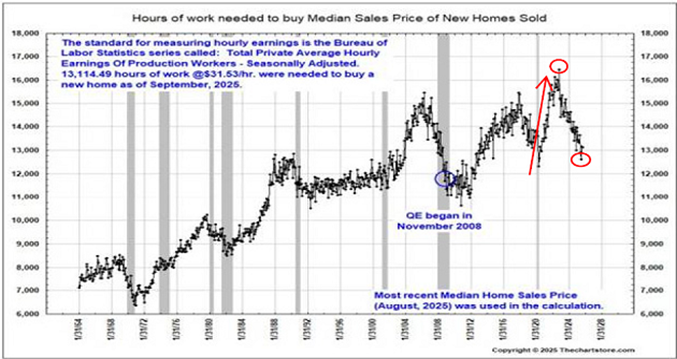Big Picture of The Employment Backdrop
- cornerstoneams
- Sep 23, 2019
- 3 min read
CAMS Weekly View from the Corner – Week ending 9/20/2019
September 23, 2019
To be officially categorized as an unemployed person, per the Bureau of Labor Statistics, a person must not have a job, be actively seeking a job in the previous four weeks and be available for work. For example, if a person does not have a job but they have not been actively seeking a job in the previous four weeks then they are not unemployed. Rather, they are considered to not be in the Labor Force at all.
With this, we can think of officially unemployed people as active job seekers.
Per the Labor Force Statistics, we currently have just over 6 million people who are considered to be officially unemployed, i.e. job seekers.
The chart below dates back to the beginning of the last recession (2008) and gives a visual display of the trends of the unemployed category since then.
The Bureau of Labor Statistics also tracks the level of current job openings via the JOLTS report. This is the Job Openings and Labor Turnover Survey which is published monthly.
The most recent release of the JOLTS report identified just over 7 million job openings that are currently searching for workers.
The chart below dates back to the beginning of the last recession (2008) and gives a visual display of the trends of the job openings since then.
Summarizing the above we see that we have just over 6 million people that are officially categorized as unemployed (job seekers) and just over 7 million job openings that are searching for workers to fill them.
More jobs available than people seeking said jobs?
Through the law of supply/demand the above is a continued recipe for on-going wage growth.
The demand for labor continues to exceed (think the supply of jobs above) the supply of people searching for jobs. When the amount of jobs available exceeds the level of job seekers we can expect prices to be bid up to higher levels to attract more job seekers. In this case those “prices” are wage rates.
The employment backdrop in the U.S. continues to be vibrant. On a personal basis I don’t believe there is a day that goes by that I don’t see at least one billboard as well as a radio and television commercials actively searching for people to fill their job openings.
Add to all of this the Weekly Unemployment Insurance Claims continue to post multi-decade low levels. Obviously when people lose their jobs in droves via a weakening economy they are highly incentivized to submit their claim for Unemployment Insurance. Continued multi-decade low levels in this measure add to the overall message that we continue to have a solid employment backdrop and a healthy economy.
I wish you well…
Ken Reinhart
Director, Market Research & Portfolio Analysis
Portfolio Manager, CAMS Spectrum Portfolio
Footnote:
H&UP’s is a quick summation of a rating system for SPX9 (abbreviation encompassing 9 Sectors of the S&P 500 with 107 sub-groups within those 9 sectors) that quickly references the percentage that is deemed healthy and higher (H&UP). This comes from the proprietary “V-NN” ranking system that is composed of 4 ratings which are “V-H-N-or NN”. A “V” or an “H” is a positive or constructive rank for said sector or sub-group within the sectors.
This commentary is presented only to provide perspectives on investment strategies and opportunities. The material contains opinions of the author, which are subject to markets change without notice. Statements concerning financial market trends are based on current market conditions which fluctuate. References to specific securities and issuers are for descriptive purposes only and are not intended to be, and should not be interpreted as, recommendations to purchase or sell such securities. There is no guarantee that any investment strategy will work under all market conditions. Each investor should evaluate their ability to invest for the long-term, especially during periods of downturn in the market. PERFORMANCE IS NOT GUARANTEED AND LOSSES CAN OCCUR WITH ANY INVESTMENT STRATEGY.




Comments